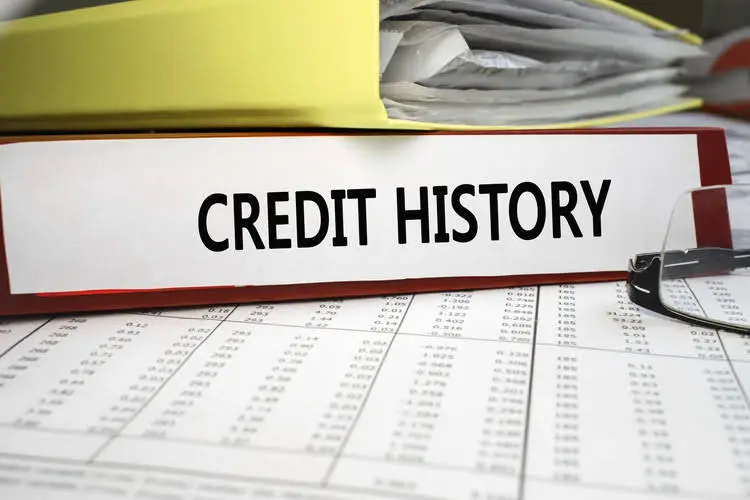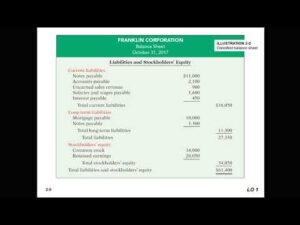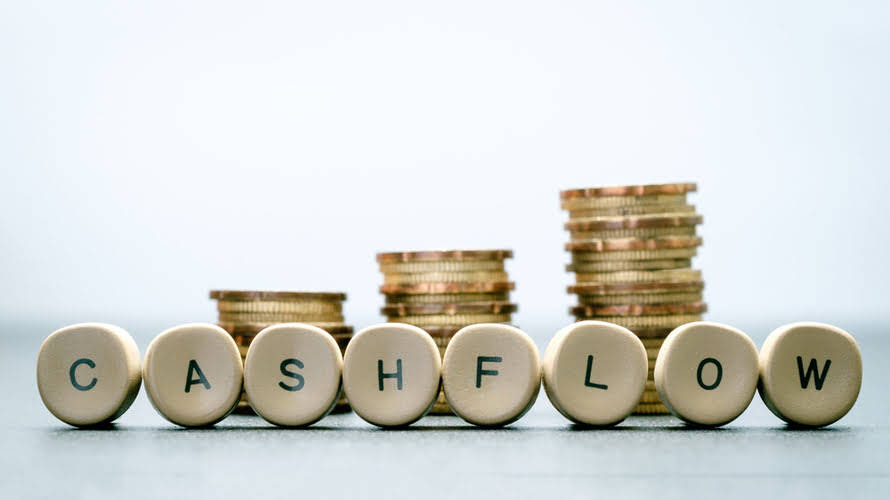Content
To close out the asset’s journal, the straight-line method will eventually have to be deployed. In this article, you will learn everything you need to know about accumulated depreciation, how to calculate it, and the best accumulated depreciation calculators. Accumulated depreciation can shield a portion of a business’s income from taxes. The resulting amount can then be multiplied by the number of years that have elapsed to get the current accumulated depreciation.
Read our editorial process to learn more about how we fact-check and keep our content accurate, reliable, and trustworthy. Khadija Khartit is a strategy, investment, and funding expert, and an educator of fintech and strategic finance in top universities. She has been an investor, entrepreneur, and advisor for more than 25 years. Add accumulated depreciation to one of your lists below, or create a new one. Such expenditures cancel a part of the existing accumulated depreciation; firms often call them extraordinary repairs. It is important to note that an asset’s book value does not indicate the vehicle’s market value since depreciation is merely an allocation technique.
Journal Entry for Accumulated Depreciation
When recording depreciation in the general ledger, a company debits depreciation expense and credits accumulated depreciation. Depreciation expense flows through to the income statement in the period it is recorded. Accumulated depreciation is presented on the balance sheet below the line for related capitalized assets. The accumulated depreciation balance increases over time, adding the amount of depreciation expense recorded in the current period.
What is accumulated depreciation on a balance sheet?
Accumulated depreciation is the running total of depreciation that has been expensed against the value of an asset. Fixed assets are recorded as a debit on the balance sheet while accumulated depreciation is recorded as a credit–offsetting the asset.
If the amount received is greater than the book value, a gain will be recorded. Determining monthly accumulated depreciation for an asset depends on the asset’s useful lifespan as defined by the IRS, as well as accumulated depreciation definition which accounting method you use. Watch this short video to quickly understand the main concepts covered in this guide, including what accumulated depreciation is and how depreciation expenses are calculated.
How to Calculate Accumulated Depreciation
Work in progress indicates any good that is not considered to be a final product, but must still be accounted for because funds have been invested toward its production. The historical cost of a fixed asset is needed for a number of reasons, such as computing depreciation using the fixed installment method or the payment of rates and taxes. The group depreciation method is used for depreciating multiple-asset accounts using a similar depreciation method. The assets must be similar in nature and have approximately the same useful lives.
Under written down value method, a fixed percentage is applied on the written down value of the asset. This results in higher depreciation in the earlier years and lesser depreciation in the later years. Residual Value is the scrap value of the asset which can be realized when the asset is sold after its useful life is complete. The articles and research support materials available on this site are educational and are not intended to be investment or tax advice.
Entries in Provision for Depreciation Account
This type of depreciation is a non-cash charge against the asset that is expensed on the income statement. Accumulated depreciation is the total amount of depreciation assigned to a fixed asset over its useful life. Study the accumulated depreciation definition and understand how it works with an example. You can continue following the same formula for the remaining useful life to determine how much an asset will depreciate over time. Now, consider that Waggy Tails decides to use the equipment at the end of 10 years.
First, as no entry is made in the fixed asset account, it continues to show the historical cost of the asset. A separate provision for Depreciation accounts ensures that the total accumulated Depreciation is always known for each fixed asset. Lastly, when fixed assets are revalued , it is always helpful to know both the original cost and accumulated depreciation of each fixed asset. Accumulated depreciation is a contra asset account and unlike a normal asset account, a credit to a contra-asset account increases its value while a debit decreases its value. Therefore, the accumulated depreciation account will be credited in the books of accounts of the company. Accumulated depreciation is calculated using several different accounting methods.
If the vehicle were to be sold and the sales price exceeded the depreciated value then the excess would be considered a gain and subject to depreciation recapture. In addition, this gain above the depreciated value would be recognized as ordinary income by the tax office. If the sales price is ever less than the book value, the resulting capital loss is tax-deductible.
- This expenditure arises independently of the worth of the firm’s assets.
- With this method, the depreciation expense is spread out evenly over the life of the asset.
- Under the declining balance method, depreciation is recorded as a percentage of the asset’s current book value.
- When the asset is no longer useful, that value will match its salvage value, which is the revenue gained from the use of that asset.
What is accumulated depreciation with example?
Accumulated Depreciation and Book Value
For example, if a company purchased a piece of printing equipment for $100,000 and the accumulated depreciation is $35,000, then the net book value of the printing equipment is $65,000. $100,000 – $35,000 = $65,000. Accumulated depreciation cannot exceed an asset's cost.



